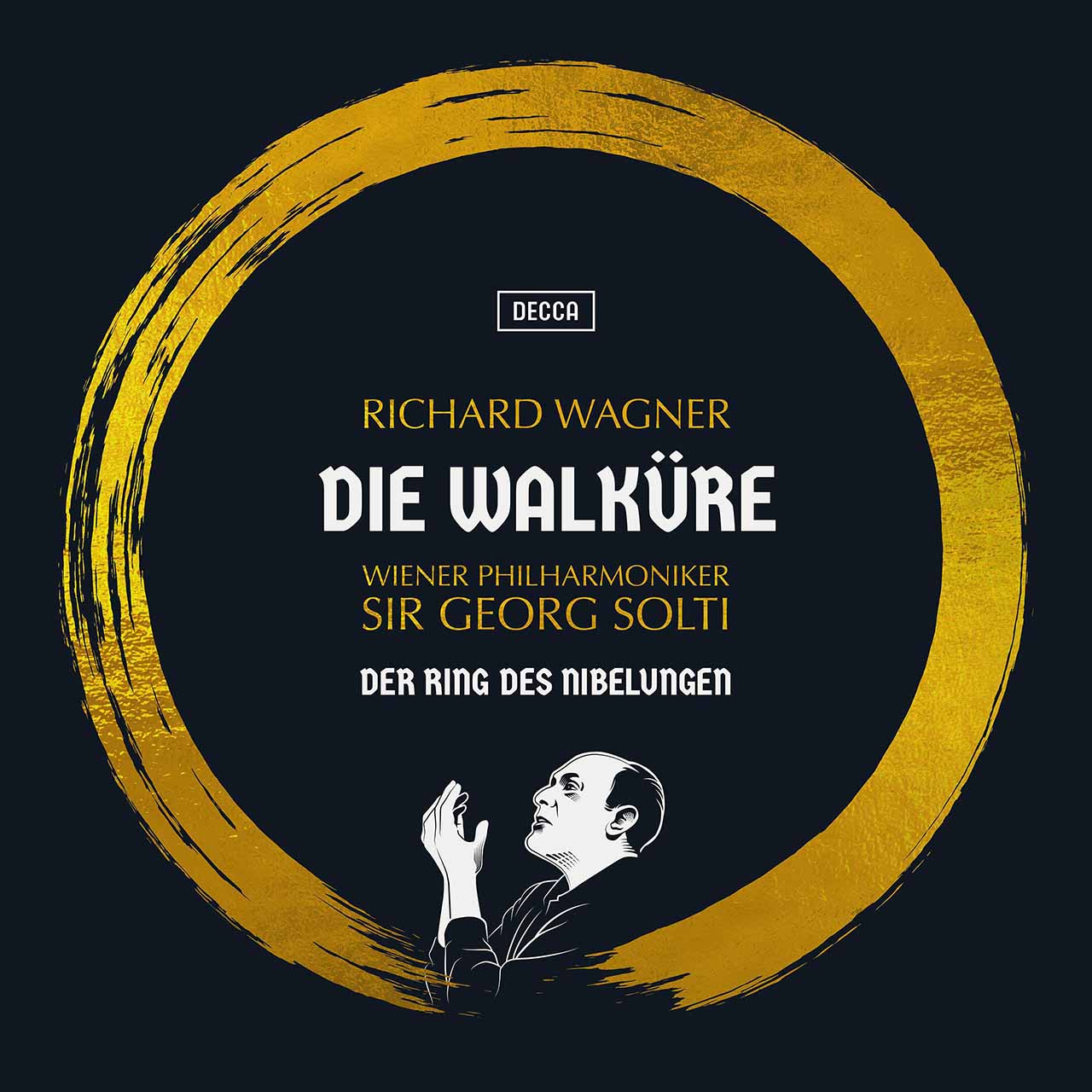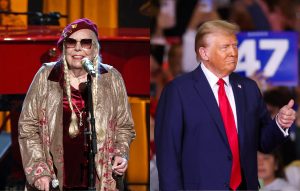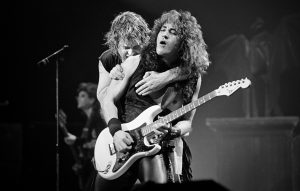A catty nineteenth-century critic once wrote that “Wagner’s music is better than it sounds.” Miaow. But since he didn’t have access to Georg Solti’s phenomenal Decca recording of The Ring, which both Gramophone and BBC Music Magazine have hailed as the best recording ever made, we might pardon him. Not only did the 1966 release set a benchmark for all future Wagner performances, but it also revolutionized the entire nature of opera recording. Georg Solti died in 1997, but as we celebrate the day of his birth, it seems a good moment to look at the work of Solti and the legendary Decca producer John Culshaw, and see why it was so special. So let’s dial the Wagnerphone, put a call through to Valhalla, and chat to the gods of music. Ring, ring!
Listen to Sir Georg Solti’s recording of Wagner’s Ring Cycle (Der Ring Des Nibelungen) right now.
Solti’s Recording Of Wagner’s Ring Is ‘The Best Recording Ever Made’
The first reasons for the huge success of Georg Solti and John Culshaw’s Decca Ring are related to its historical context. Prior to the introduction of LPs in 1948 (that’s Long-Playing Records, for those of you born after the digital revolution), operas were enormously cumbersome to present commercially, and Wagner’s massive cycle impossible. Hot on the heels of LPs, stereo technology also created another opportunity for Wagnerism. When stereo began to be widely domestically adopted in the mid-fifties, Culshaw, who oversaw Georg Solti’s work, immediately understood that stereo effects could present the home listener with a “theatre of the mind.” Characters could move “across the stage”; there could be muffled “off stage” sounds; you could have depth of foreground and background, and so on. And no composer is better suited to such a cerebral proscenium than Wagner, whose operas work on philosophical and psychologically complex levels, as well as contrapuntal and symphonic ones.
But it had to work dramatically too. “We wanted the result to have impact – a sumptuous kind of impact,” wrote Culshaw. With Solti’s help, he achieved it. And then some.
“A beautiful work, but you won’t sell fifty copies”
The project was not without its detractors. Live recordings of Wagner’s operas had previously been released, but most labels believed it would be prohibitively expensive and uncommercial to record Wagner in the studio. When Culshaw’s rival at EMI, Walter Legge, heard about the project, he gleefully predicted that Das Rheingold was “a beautiful work, but you won’t sell fifty copies.”
He missed a trick, of course. It sold fantastically well, and continues to do so.
Legendary conductor Georg Solti and the Vienna Philharmonic
The advent of LPs and stereo was important, but they were far from the whole story behind the success of Decca’s Ring. Its selling power was also due to Georg Solti and the Vienna Philharmonic. Solti, who was born in Hungary in 1912, had been brought up in the grand tradition of Austro-German music-making, and the VPO loved him for it: they felt that he “understood” them on a deep level. He was not always an easy man to work with, and during his time as music director at Covent Garden, he ruffled many feathers in his passion to drive standards higher. But Culshaw matched his perfectionism, and together in Vienna, they made a happily workaholic team. The result was a stupendously sumptuous recorded sound from the orchestra, clear of texture but unbelievably rich in sonority.
A dream cast
The cast which John Culshaw and Georg Solti assembled was sensational too. The head of Decca had declared that Wagner’s Ring could not be successfully recorded without the world’s foremost Wagnerian soprano, Birgit Nilsson, as Brünnhilde, and he was right. Nilsson’s soaring, powerful and majestic voice, recorded at its peak, is simply sublime. There had been some concerns that her Siegfried, Wolfgang Windgassen, might tire himself during the recording just as he was known to do on stage, but the studio proved an ideal space for him: he’s blisteringly terrific. The greatest Wotan of his age, Hans Hotter, sings the role in Die Walküre and Siegfried, while a superb George London sings the more youthful Wotan of Das Rheingold. Even the lesser roles – Joan Sutherland as Woodbird, Gwyneth Jones as Wellgunde, Dietrich Fischer-Dieskau as Gunther – are cast from the top drawer. And in a final sensational coup, the greatest Wagnerian soprano of a former generation, Kirsten Flagstad, was persuaded to sing the relatively small role of Fricka.
Recorded in an old bath house
Somewhat bizarrely, it all took place in an old bath house. The Sofiensaal in Vienna had been built in 1826 as a sauna, and although it had gone through several changes since then (it had been a dance hall for a while), the acoustic still had all the benefits and none of the drawbacks of a big bathroom. Georg Solti and the VPO loved it, and felt that it captured all of the bloom and intensity of the orchestra’s sound. Culshaw liked it so much, he even made a flat for himself there, and lived in it during recording sessions. It must have been intense, intimate, torturous, and incredibly claustrophobic to be cooped up there with the gods and dwarves of Niebelheim – and thus utterly Wagnerian, I suppose you could say.
Georg Solti and John Culshaw’s immersion in the world of Wagner’s Ring was total. “It is precisely because the work is so huge and demanding that one should not pass lightly over any detail,” wrote the latter, and he insisted on following Wagner’s instructions to the letter. He assembled the requisite 18 anvils – unheard of in live theatre – to be struck as Wotan and Loge descend into Niebelheim, and found real steerhorns for Götterdämmerung. Cumulatively, it all made a massive impact. “The anvil passage and the thunderclap at the end of Rheingold became a sort of international standard by which you judged the quality of your gramophone player,’” wrote the producer.
A legendary conductor, a superb orchestra, a dream cast, novelty, innovation, fanatical attention to detail, bags of energy, and devastating dramatic power. They’re all there in Wagner’s Ring, and leap off the disc (or rather now, leap off your preferred digital storage medium) as freshly now as they did in 1966. A perfect storm, you might say. And what could be better for Wagner, than a storm?
Sir Georg Solti’s recording of Wagner’s Ring Cycle (Der Ring Des Nibelungen) can be bought here.




